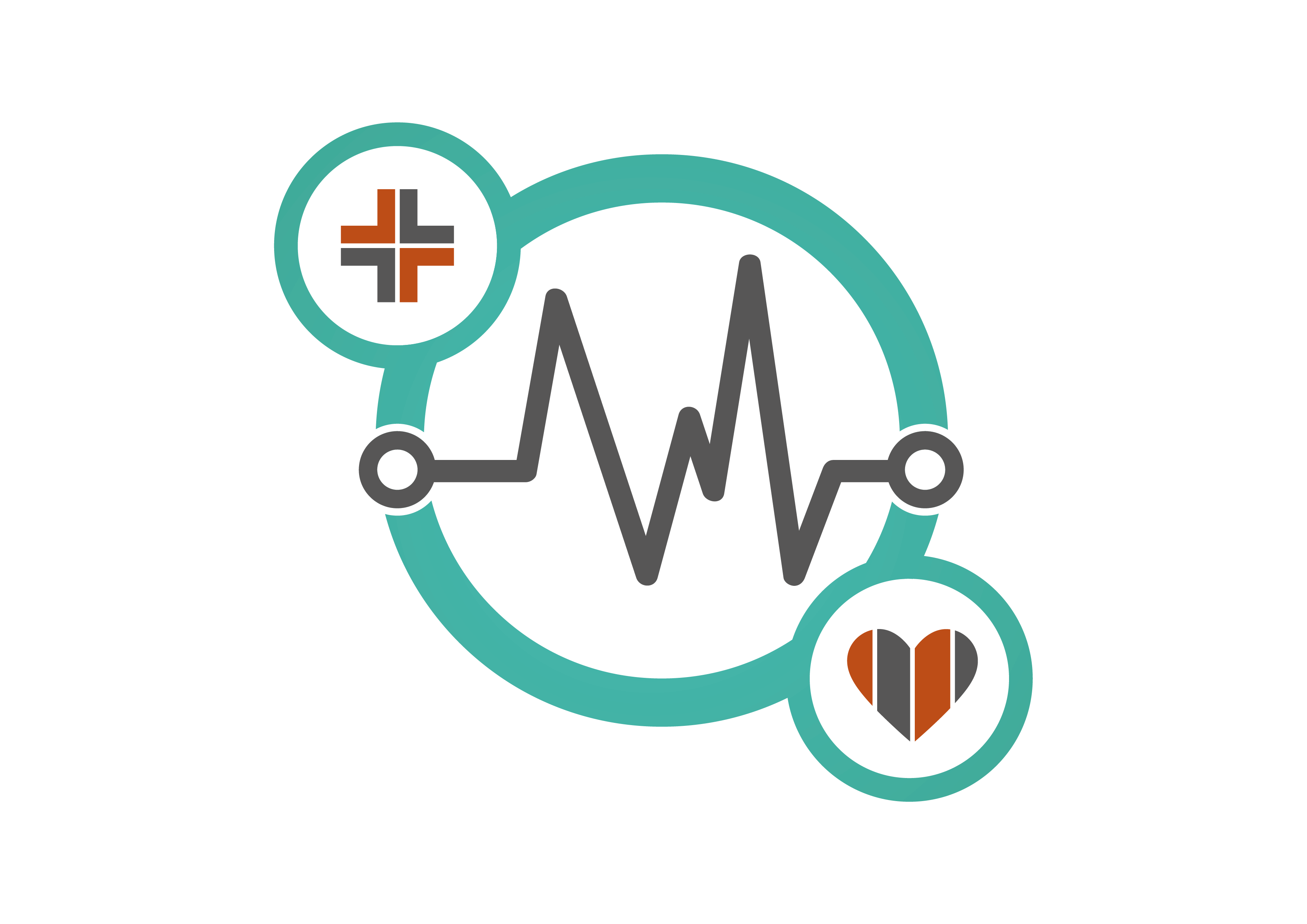Simon Spurr, Managing Director at Alula Health Technologies, speaks to us about health insurance and how underwriters should be embracing advancements in automation to help the sector.
Given the myriad of stakeholders along the healthcare journey, integrating the almost countless, disparate data sets to get a singular view of a consumer is a complex undertaking. Being able to do so effectively creates significant opportunities for both health and life insurers to better understand and manage new customer applications, develop rich engagement strategies and gain fresh insights into existing policyholder risks.
Traditionally, the insurance underwriting process has been a complicated, time-consuming process with questionnaires and medical forms to complete. These questionnaires can result in incorrect new business pricing and decisions and conflict at the claims stage due to potential non-disclosure which the consumer may or may not have understood when completing the original paperwork.
Often, medical tests are required to give underwriters better insight into the health and underlying health risks of the person they are insuring. These tests inevitably slow the underwriting process down, bringing substantial cost and decision time delay to the insurer, which ultimately creates a poor customer experience.
Harnessing the constantly increasing data availability
Technology disruption, in particular, digitalisation of health records, API-based solutions, Artificial Intelligence (AI) and Machine Learning (ML), self-administered and cost-effective testing capabilities such as remote photoplethysmography (rPPG) and genomic sequencing are changing the fundamentals of underwriting.
The shift to electronic health records is becoming a game changer. As broader sets of health data become more readily available digitally, the ability for the insurer to view historic consumer health records exponentially increases. This, in turn, enables them to better understand the risk they are underwriting. Data sets becoming more readily available include doctor, clinic and hospital visits, medication prescriptions and usage, pathology lab results, as well as data from diagnostic and wearable devices. Access to this data is not without challenges, due to its fragmented, unstructured and distributed nature, as well as the time and cost of setting up data partnerships with providers.
Here again, technology plays a vital role. API environments are integrated now in even basic IT systems, as are often found in medical and other health practices. Integrating these disparate data sets into a health platform – such as the solution that Alula provides – enables stakeholders to share and exchange enriched data sets which, outside of the insurance vertical, enhances care, diagnosis and clinical decision-making. The data which can be retrieved through integration includes clinical diagnoses, known chronic conditions, medications taken, as well as historic records for blood pressure, BMI, cholesterol, glucose levels and other important blood markers. Existing consumer data, which the insurer may have, is also extracted to be combined with the new, external data sets.
A key element that must be considered when considering use of electronic health data for insurance purposes is the consent of the consumer. GDPR, POPIA and other data legislations enforce service providers to only use data when consumer consent has been provided, that the data must be treated securely, and only used for the specific purpose (underwriting) that the consumer provided consent for. This consent, however, can be obtained electronically at quotation or underwriting stage – provided the consumer is properly informed as to the usage of their data and assurances that it will be kept securely and only used for specific risk assessment processes.
Advancements in AI and ML are significant enablers in the underwriting process. Algorithms use digitised health data records to create scoring metrics which provide underwriters with more insight into a consumer’s health risks. Individual data sets, using trained ML, are compared to broader population statistics to infer the risk of diabetes, stroke, heart attack and others in the future and this insight can be condensed into a single Health Risk Score. Providing a single score of an individual’s health, while taking all known risk factors into account, frees up an enormous amount of specialist underwriting time – which would normally be spent analysing medical reports, self-assessment questionnaires and other, usually paper or manual, data points.
rPPG – a technology that measures subcutaneous blood flow – has emerged in recent years as an interesting technology that many insurers are experimenting with. The ability to obtain real-time health measurements and insights from a 30-60 second facial scan enables insurers to classify individual risk without the need for onerous paperwork and blood work. While these risk indicators may change slightly daily, they still provide good insight into the broad individual risk and can be used to determine very early in the underwriting process which consumers should be allowed to apply for cover and which individuals should either be avoided, sent for further blood testing or to have their policies appropriately loaded.
Furthermore, expectations are that by 2033, saliva-based genomic sequencing will be made available at retail stores to identify potential risks and enable preventative treatment of costly and deadly diseases. Cost-effective and digital testing will only continue to be available – so insurers need to anticipate how these data points will be embedded to increase efficiencies in their processes, enable better decisions and enhance customer experiences.
Individuals themselves gain good insight into their own health, so there is personal benefit in doing the facial scanning process, especially if this can fast-track their policy approval without requiring blood tests to be done. Thus, rPPG technology can be used at the initial point of underwriting, but it could also be used to monitor an individual’s health changes over time alongside wearable and other health data sources.
Intelligent automation – using digital twins to scale underwriting capabilities
The key to leveraging technology effectively is to enable underwriters to examine risk profiles and make decisions without physically having to work through the vast quantities of data available. Making a platform available to underwriters which combines all the disparate data in a structured way and a centralised location is the first step to driving efficiencies. The next step is to enable underwriting decisions to be made automatically.
This can be achieved through decision engines which, given the correct parameter inputs, can provide an output decision – provided all the required inputs exist and the decision engine rules have been set up to cater for scenarios encountered. Decision engines are really a form of RPA (Robotic Process Automation) in that the rules must be set up carefully upfront and the system will then step through the decision tree structure in a logical fashion, reaching an outcome which is pre-defined.
A natural evolution from traditional decision engines is to use another form of technology known as digital twin modelling. Digital twins are AI-trained models which replicate human decisions, given specific data inputs and required output decisions. These models allow insurers to model underwriting decisions without the need for complex decision tree structures.
Expert underwriters create a matrix of the data inputs they consider, and sample data is then presented to the underwriter for decisions. The AI then learns from the expert and creates an algorithm which mimics the underwriters’ decisions. This algorithm can then be deployed into the business process as a virtual expert which makes automated decisions on data presented to it. This type of AI embraces human judgement and bias in the decision-making process, something that a decision engine is simply incapable of doing, as it needs to follow very specific rules that have been pre-programmed. These decision models will obviously only ever be as good as the human decision-makers they were modelled on, therefore the best people in a business need to be used when engaging with this type of technology. By modelling the best people within a business means that that insurer is maintaining its underwriting expertise and USP, so a digital twin of one business will not be the same as another company’s. While still relatively new, this technology has been used very successfully in many industries across the globe, including banking and insurance verticals in recent years.
Making digital data sets available to AI-driven algorithms for decisions allows for an automated business process, involving little to no human intervention. Only where a digital twin model is unable to create a decision would a human underwriter be needed to evaluate the data presented, potentially request additional information and then make a final decision. This end-to-end automated process is something that, until recent years, has only been discussed theoretically. Now that the right technology toolsets are available, this theoretical process is now a reality.
The automated process described above is equally applicable in other insurance business processes, most notably claims and risk renewal processes, where senior human decision-makers typically need to spend vast amounts of time analysing different data sets and making decisions which are both costly and time-consuming. This results in efficiency gains for the insurer and a far improved customer experience for the consumer.
Ultimately, insurers and healthcare providers must be willing to embrace change and adapt to a more open and transparent process with clients. Having a platform that connects to an entire ecosystem of data, solving data interoperability and providing a unified view of a consumer’s individual health profile, however, delivers strategic value that can help insurers and healthcare providers unlock new business growth and reduce risk across their books of business.


